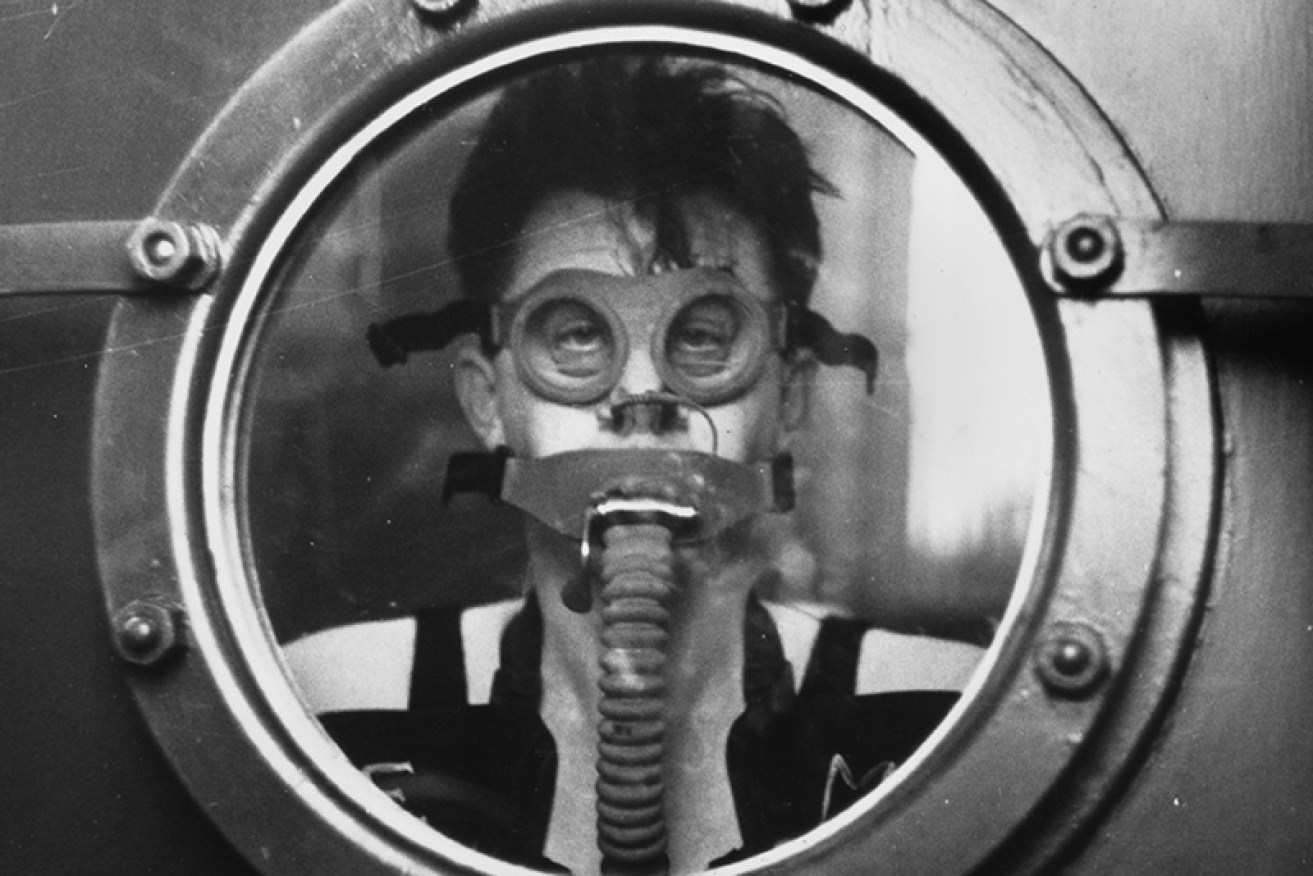Celebrating 100 years of beating the bends

The pearling industry is marking 100 years since the first pearl diver was treated for decompression sickness, known as the bends, in Australia.
In 1915 a Japanese pearl diver, who had been paralysed from the waist down for four days, was brought ashore in Broome in Western Australia and placed in an experimental recompression chamber.
Divers can suffer the bends after surfacing when bubbles can grow in tissue, causing local damage, or bubbles enter the lung circulation.
The chamber had been donated to the town a year earlier by diving equipment manufacturer CE Heinke & Co.
After hours in the chamber, the Japanese pearl diver emerged smiling and saying the feeling in his feet had been restored.
It was the first treatment of its kind in Australia and it revolutionised the industry.
From then on, divers were able to go deeper and spend more time collecting pearl shell.
Within a few years the number of deaths reduced from around 100 to 40, and scores of divers were treated in the chamber.
WA Pearl Producers Association chief executive Aaron Irving said it was an anniversary worth celebrating.
“Before that time people had to decompress in the water which could take a day,” he said.
“It’s significant for a number of reasons. Mostly it allows us to look back at where we were and where we’ve come.”
When the pearl shell industry collapsed, the recompression chamber was forgotten.
It was rumoured to have been found in the 1970s in a rubbish tip in Broome.
Museum staff helped restore it and the chamber was eventually moved to its current resting place, the Broome Museum.
Former diver operates current hyperbaric unit
That chamber evolved into the Broome hospital’s dedicated hyperbaric recompression unit, which is used to treat divers suffering the bends today.
The unit is operated by Mik Burton who does not get to use the chamber much, but he admitted that was his aim.
“It’s basically our duty of care to be able to treat a diver should they present with a bend,” he said.
“My average now – I’d probably treat one diver every 18 months so our goal is never to use it at all but to be ready to roll.”
Mr Burton was himself a pearl diver years ago and knows too well the importance of avoiding the bends.
“I got bent in the wrist in the mid 1990s,” he said.
“It’s not like anything I’ve felt before… there’s something really weird going on in there and it feels like a bubble in your bones… very painful.”
Mr Burton said these days suspected cases of the bends were treated in the chamber immediately, even if it turns out later to be a less serious ailment.
But when he was diving, people were not as quick to seek help.
“I was trying to tough it out so it took a couple of days for me to come in here but I basically couldn’t handle the pain after a couple of days,” he said.
“I thought it was just muscle fatigue but it just got worse and worse.
“It was about a seven hour treatment… you do a follow-up treatment the next day but it’s 100 per cent resolution after the first treatment.”








